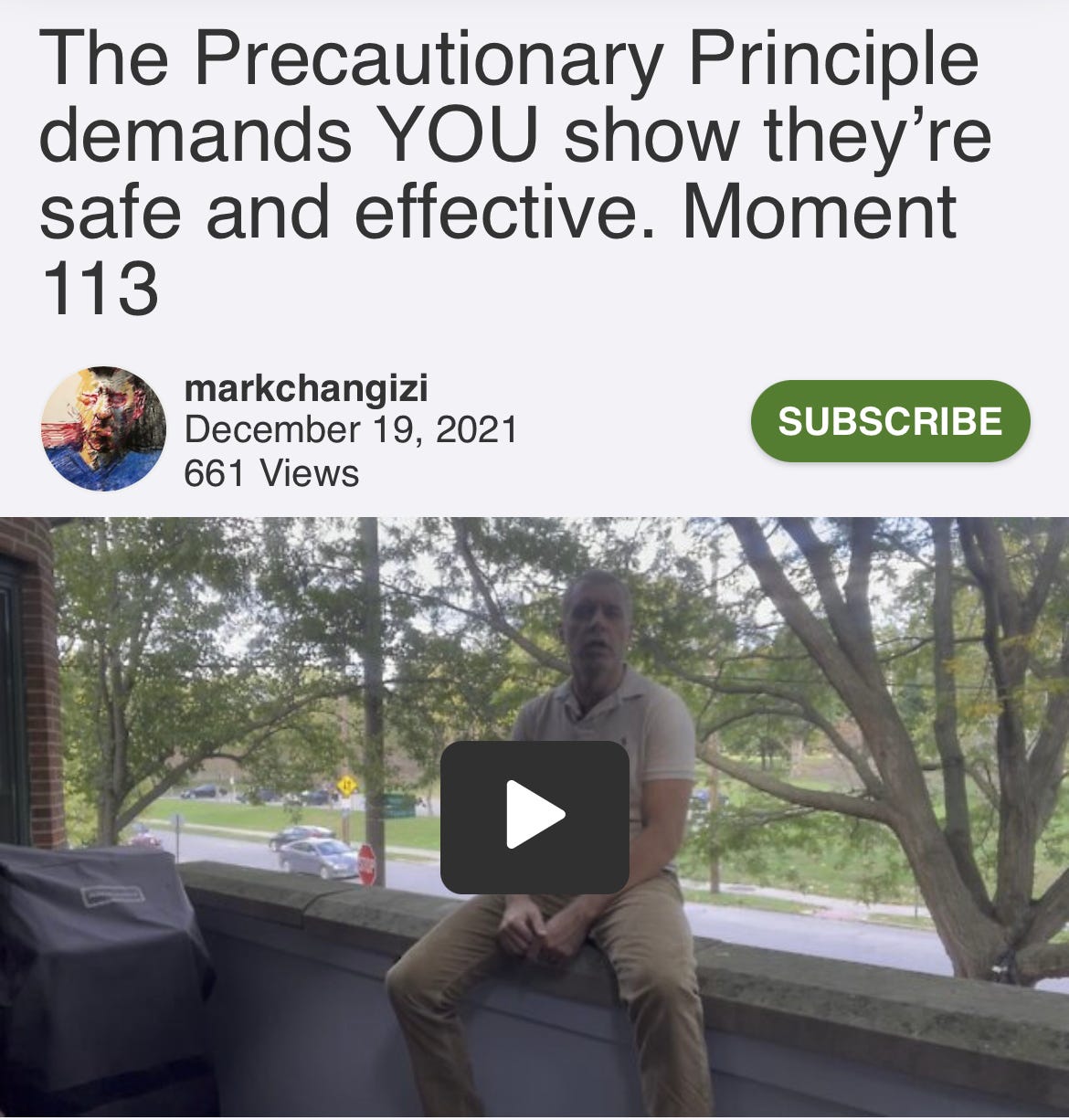No WAY! Face masks are harmful for breathing?!
The obvious must now be proved
🚨 PREPRINT 🚨
Ineffective and physically harmful — as well as psycho socially devastating — masks were mandated without evidence nor cost-benefit analyses on entire populations, and even children, many all day and while engaged in activity. …without regard for the fact that asymptomatics rarely spread it, and that the risks at any rate are low for most people.
Here is a new study saying the obvious: That covering our only two breathing holes is dangerous.
“Shortly after wearing surgical masks [and at rest], the inhaled air CO2 approached the highest acceptable exposure threshold recommended for workers, while concerningly high concentrations were recorded in virtually all individuals when wearing FFP2 masks. The CO2 concentration was significantly higher among minors and the subjects with high respiratory rate.”
I cannot overestimate the disgust I have for the “expert” class that twisted the Precautionary Principle upside down, shoving the burden on the anti-maskers to prove in careful studies the obvious fact that they’re harmful. (…and, at any rate, can’t possibly even slow aerosols.) I talk about this upside-down-ification in this video that was censored by YouTube.
And it wasn’t like there weren’t studies making this point…




I took the cardiovascular harms to be so painfully obvious I never even covered it at my Science Moment series, where I endeavor to cover stuff no one else is likely to discuss. See my 37 videos on the many complex harms and scientific issues orbiting around face masks in this playlist…
How, then, did face masks get so much faux evidence for them suddenly in the late Spring of 2020? It has to do with social networks…
…and instinctive biases toward the nature of infectiousness.




Our research team had shown this in this peer-reviewed study, November 2020.
https://pdmj.org/papers/masks_false_safety_and_real_dangers_part3
I share your contempt for dishonest and pernicious "experts".
But the Precautionary Principle is gibberish. It has no place in a Science Moment, and I wish you would stop talking about it as if it had any value whatsoever. Caution is a good thing, right up until the point at which too much caution becomes a bad thing. This "principle" is no principle at all, but rather a rhetorical device, or at best a "rule of thumb", as you yourself refer to it in Moment #113. No simple "principle" can determine the appropriate level of caution in a wide range of situations. It's nonsense, not science.
https://en.wikipedia.org/wiki/Precautionary_principle